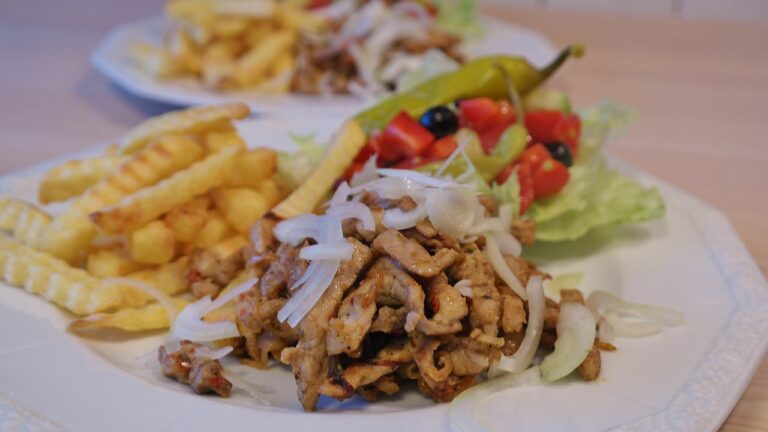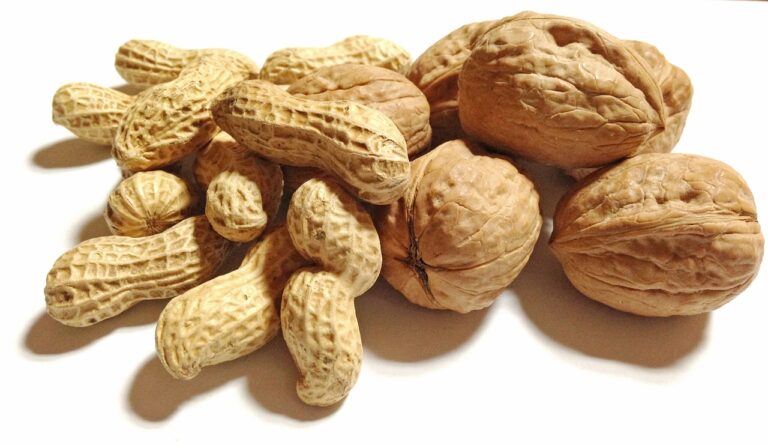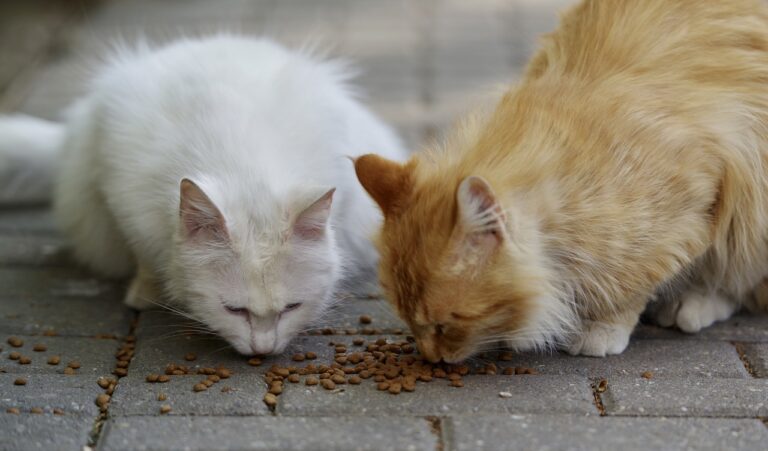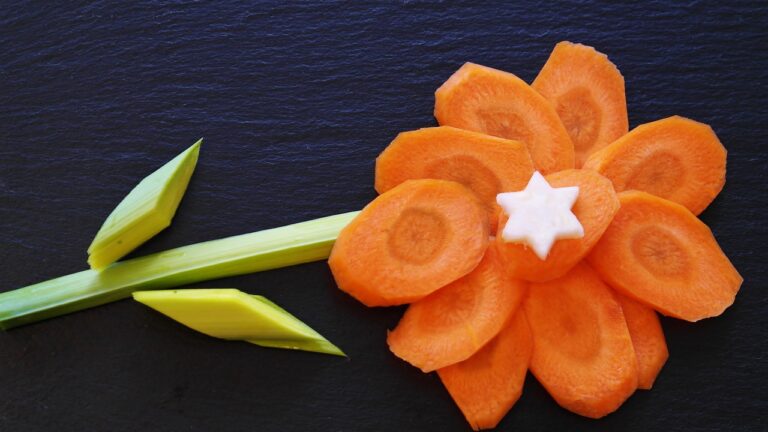Exploring the World of Food Poetry
Food poetry has a rich history that dates back to ancient civilizations where food was revered as a central aspect of life. In these early poems, writers often depicted the harvest, feasts, and the joy of sharing food with loved ones. The connection between food and poetry was deeply ingrained in cultural practices, with food being a symbol of nourishment, celebration, and community.
As written records evolved, food poetry continued to flourish across different eras and regions, with poets using culinary imagery to evoke sensory experiences and emotions. From the lavish descriptions of banquets in medieval courtly poetry to the simple yet profound verses celebrating the beauty of nature’s bounty, food poetry has remained a timeless expression of human experiences and values. The origins of food poetry may be traced back to basic human instincts of hunger and sustenance, but its implications have transcended mere sustenance to encompass themes of love, memory, and identity.
The Connection Between Food and Emotions
Food and emotions have a deep and intertwined relationship that has been explored by poets, writers, and artists throughout history. The act of eating and enjoying food can evoke a wide range of emotions, from happiness and comfort to nostalgia and even sadness.
The sensory experience of tasting different flavors, smelling delicious aromas, and seeing vibrant colors can all evoke strong emotional responses in individuals. Food can also serve as a form of comfort or nostalgia, bringing back memories of childhood, family gatherings, or special occasions, making it a powerful medium for expressing and eliciting emotions.
Famous Food Poems Throughout History
Food has long been a source of inspiration for poets throughout history. From the vivid descriptions of sumptuous feasts to the humble ingredients of everyday meals, food has the power to evoke a wide range of emotions and memories. These emotions are often captured beautifully in poetry, allowing readers to experience the tastes, smells, and textures of food through the words of the poet.
Some of the most famous food poems in history include “Ode to Salt” by Pablo Neruda, where the poet celebrates the essential role of salt in our lives, and “The Walrus and the Carpenter” by Lewis Carroll, a whimsical poem that features a strange picnic with oysters as the main course. These poems not only showcase the diverse ways in which food can be depicted in poetry but also highlight the enduring connection between food and human experience.





